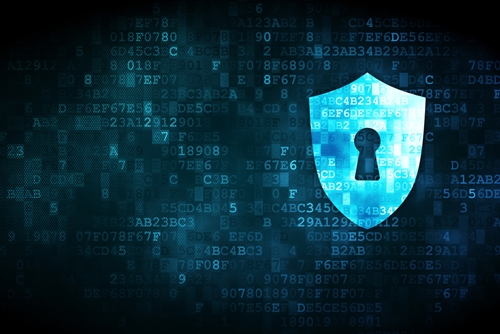
Online companies gather a large amount of data from their customers. Whether it's saving birth dates and both physical and email address, or storing credit card information, retailers want to make sure certain business representatives have access to these materials – but only in times of need.
To manage their consumer data, many ecommerce businesses implement gatekeeping software. Let's take a closer look:
"Gatekeeping is a tool that controls access to sensitive information."
What is gatekeeping?
Gatekeeping is a data governance tool used to monitor and determine access to particularly sensitive organizational materials, usually client information. Using an application programming interface, online companies can set up controls that enable the system to decide what parties should – and should not – be able to look at or change vital information.
Implementing these controls is an important step for online retailers hoping to protect not only their own information but also that of valued clients.
A means of accountability
A number of organizations, from Target to Anthem Healthcare, have faced data breaches within recent years. Learning from these lessons, online companies need to be prepared not just if their organization gets hacked, but when. Gatekeeping can help keep both external and internal threats away from information that will be especially damaging if lost. While outside hackers may seem like the bigger risk, the 2015 Clearswift Insider Threat Index found that 78 percent of breaches originated from within a company itself.
Businesses can work with third-party gatekeeping providers to establish policies and procedures surrounding their stored information. That can mean identifying the particular personnel and possible scenarios that would require access to data. In addition, organizations could develop a strategy for allowing specific employees to access and change different levels of information.
For example, online retailers could enable all employees to see customer's contact information – name, address, phone number, email – but require additional verification to look at credit card data. To take it one step further, workers may also be obligated to enter an extra password to alter those payment materials or use them to make a purchase as directed by the customer.
These various gatekeeping tiers and tools provide a sense of accountability for ecommerce retailers. Should a breach occur, online companies can more quickly find the source of the problem, no matter the severity of the incident.

The benefits of gatekeeping
Gatekeeping tools and resources offer online companies a number of advantages. Not only does the software keep critical information as safe as possible by developing multiple levels of authentication for employee access, but it keeps ecommerce retailers in the good graces of their customers.
Clients want to know their information is being protected when they share it with web-based organizations. Knowing that these companies have taken the proper measures to safeguard information can increase brand trust as well as loyalty, according to AIM Consulting.
Lastly, gatekeeping is a data governance practice that enables online businesses to comply with the rules set out by the Payment Card Industry and its Data Security Standards. This organization established 12 basic guidelines ecommerce retailers need to follow to protect the sensitive data of consumers and avoid serious penalties in the form of a diminished reputation and costly fines.
It's crucial for online retailers to establish means of protecting both company and customer information. Gatekeeping is just one of the steps these businesses can take, but it's an important action nonetheless. This type of software acts as a tool for granting and denying access to sensitive materials, a practice that can help organizations avoid the loss of confidence and clients that can come with a breach.
SFG's APIs can work with ecommerce databases to perform functions such as gatekeeping and marketing actions.









